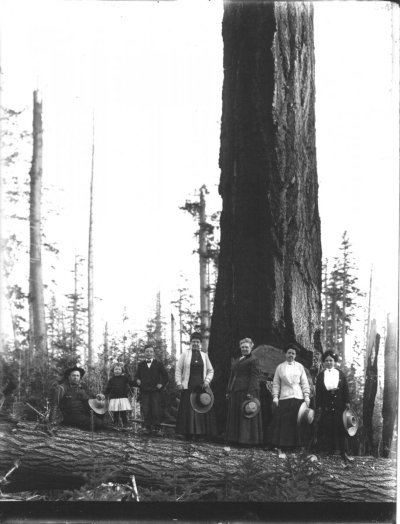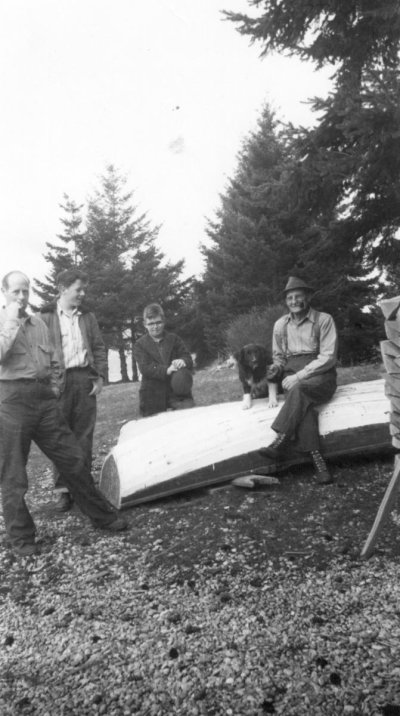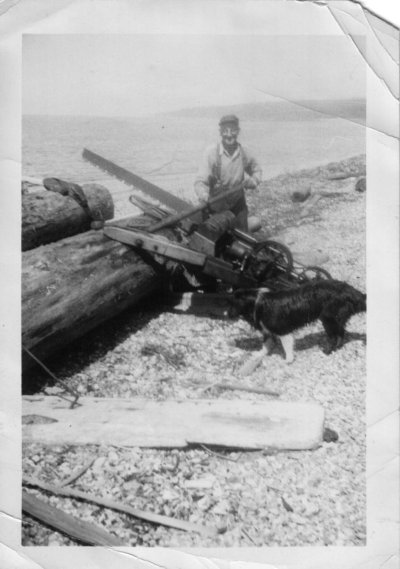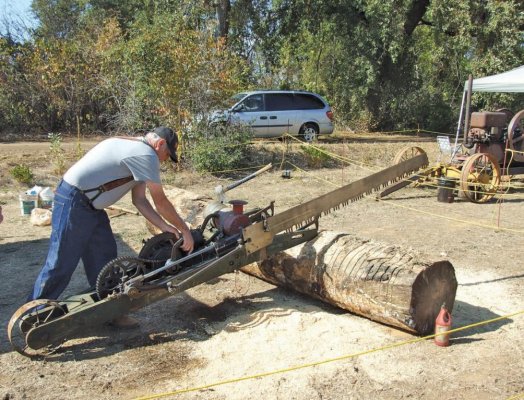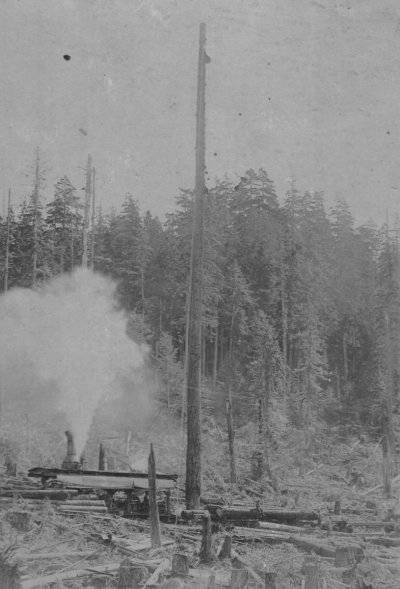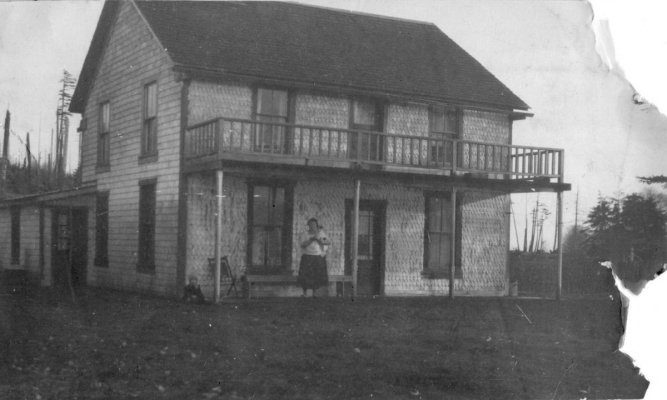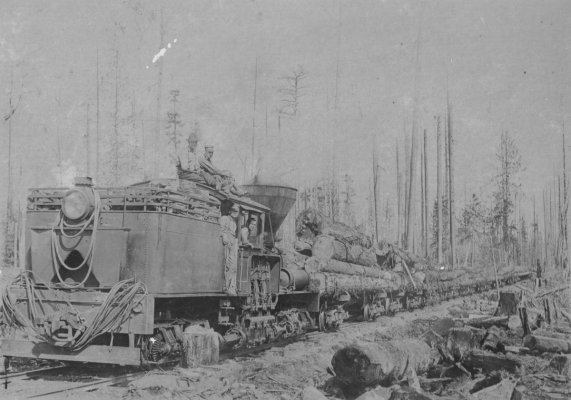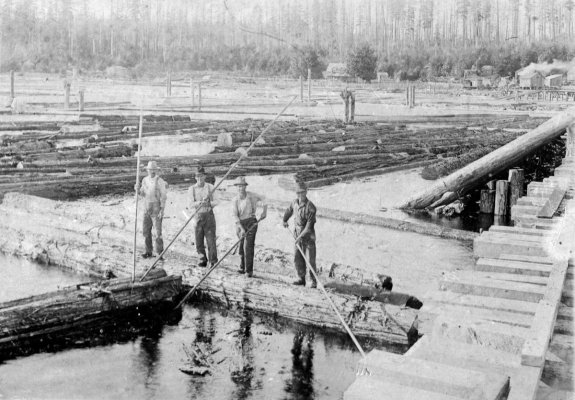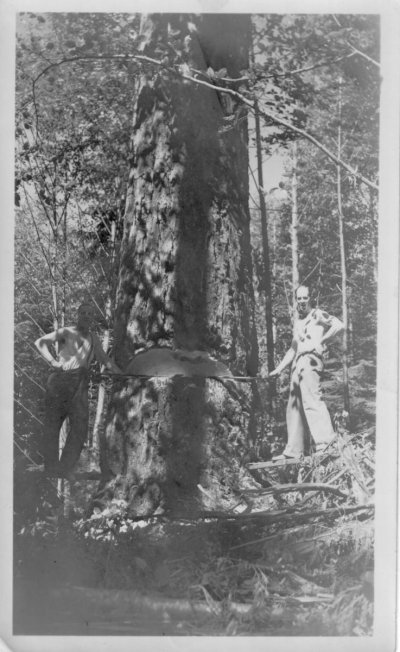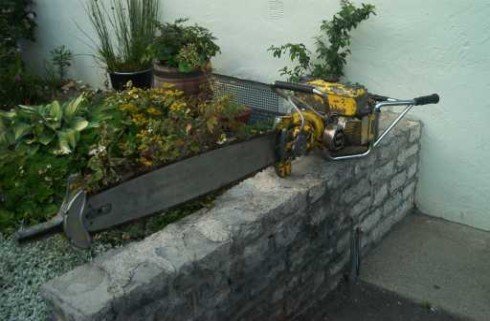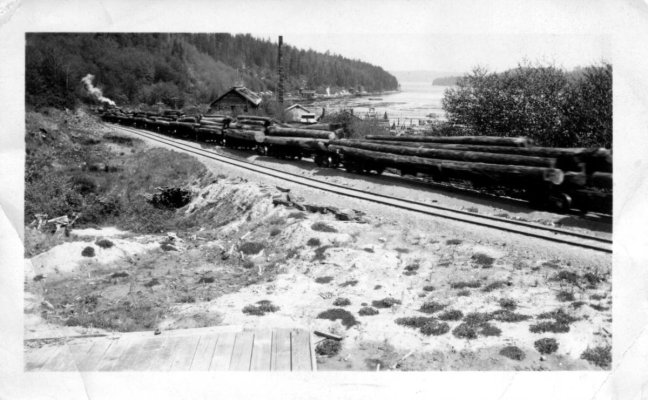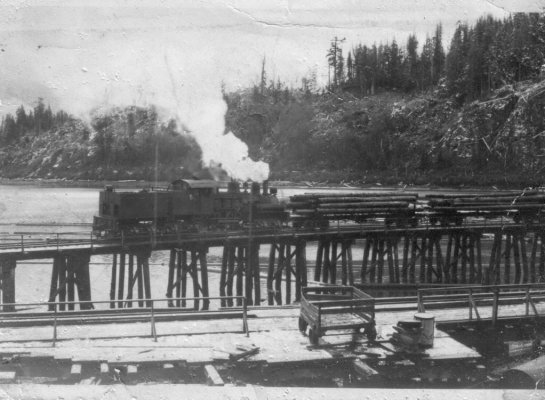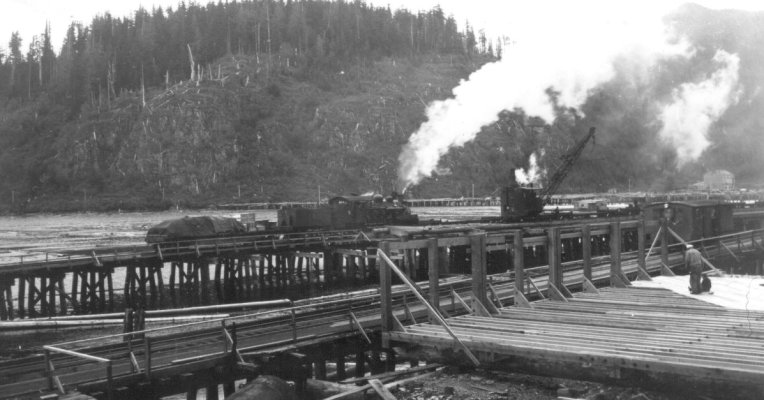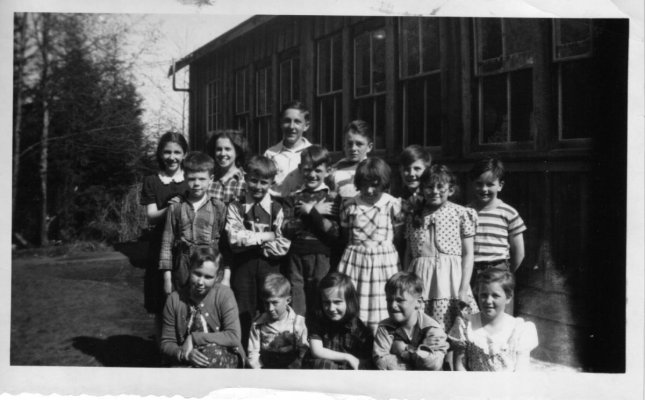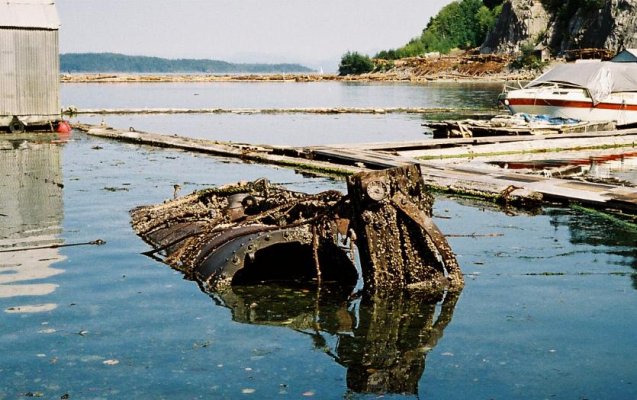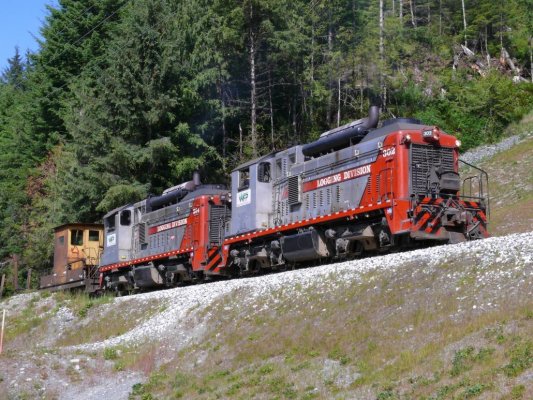I guess the "lapstrake" style skiffs today just don't cut it.
The second picture below is a 12 foot, 2 row station, wood boat that was the a standard workhorse on the coast long before the first distant, lonely pushpuh...pushpuh...pushpuh of the Easthope was heard.
My ancestors (pic 1) arrived, as settlers, on the (sunshine) coast by planked, round bottom row boats in the 1800s, some 20 or more years before Powell River existed. The only source of supplies was the mine store at Van Anda on Texada Island, a 5 mile row across Malispina Straight. They did it year round. Had to.
The old boy sittin' on the boat in the picture is my grandfather, Frank. He and I spent much of our summers in that boat beachcombing logs for fire wood. The logs beiing bucked by the old drag saw are what we peeved down the beach, dogged and towed home, 3 or 4 at a time, then hand winched above the tide line for bucking.
The boat would be so full of chopped cedar blocks, it was my job to bail out the water coming over the gunwales, while Frank sat in the stern push rowing with the logs in tow.
We kids used that old boat to deliver, again by oar, magazines and newspapers to the passing tugs in exchange for a piece of fresh baked pie.
What a great life.
Those same boats were on all the sterns of Forestry, Fishery and Mission boats running up and down the coast for decades.
The second picture below is a 12 foot, 2 row station, wood boat that was the a standard workhorse on the coast long before the first distant, lonely pushpuh...pushpuh...pushpuh of the Easthope was heard.
My ancestors (pic 1) arrived, as settlers, on the (sunshine) coast by planked, round bottom row boats in the 1800s, some 20 or more years before Powell River existed. The only source of supplies was the mine store at Van Anda on Texada Island, a 5 mile row across Malispina Straight. They did it year round. Had to.
The old boy sittin' on the boat in the picture is my grandfather, Frank. He and I spent much of our summers in that boat beachcombing logs for fire wood. The logs beiing bucked by the old drag saw are what we peeved down the beach, dogged and towed home, 3 or 4 at a time, then hand winched above the tide line for bucking.
The boat would be so full of chopped cedar blocks, it was my job to bail out the water coming over the gunwales, while Frank sat in the stern push rowing with the logs in tow.
We kids used that old boat to deliver, again by oar, magazines and newspapers to the passing tugs in exchange for a piece of fresh baked pie.
What a great life.
Those same boats were on all the sterns of Forestry, Fishery and Mission boats running up and down the coast for decades.
Attachments
Last edited:

